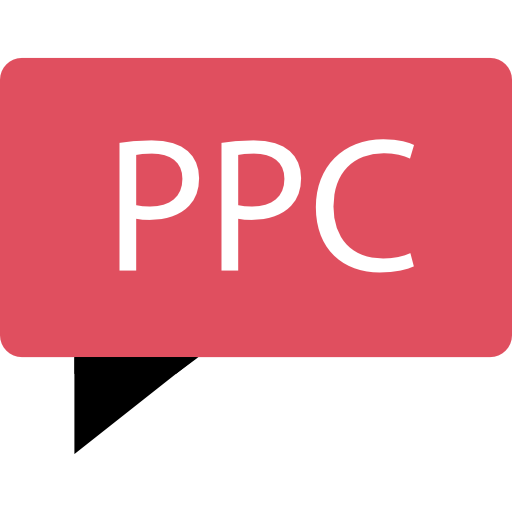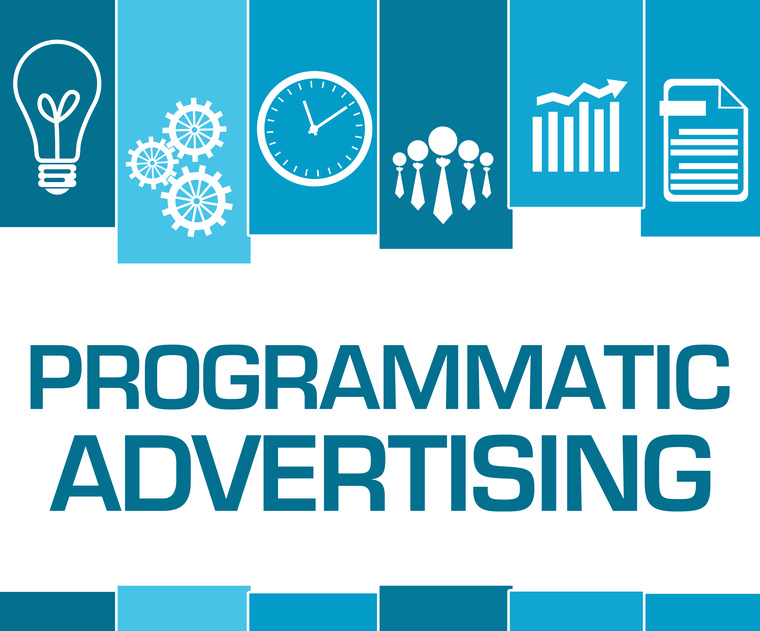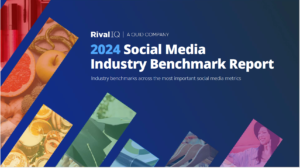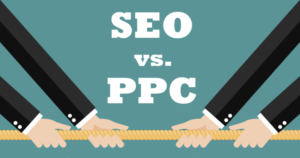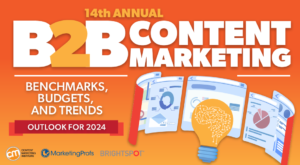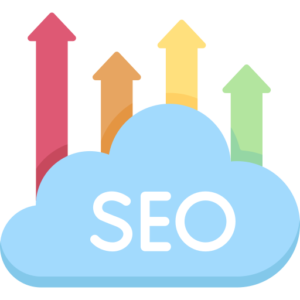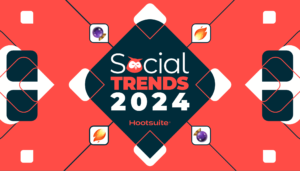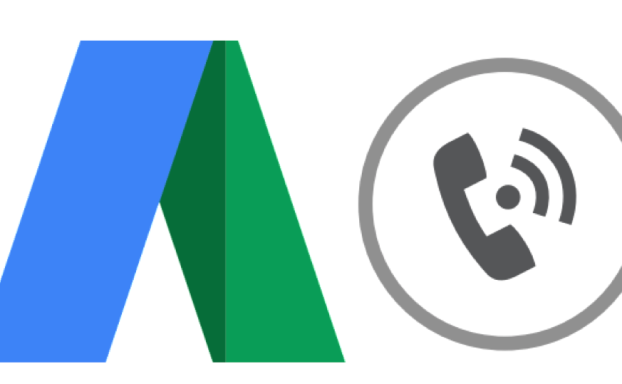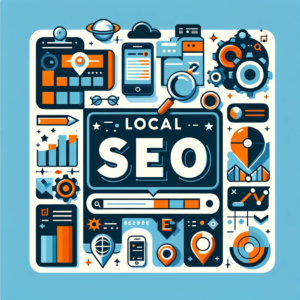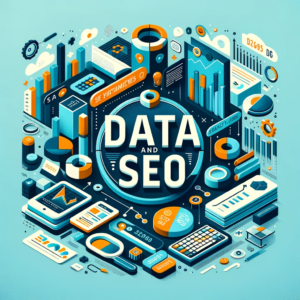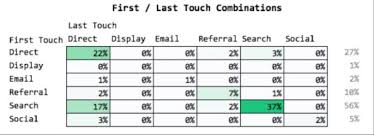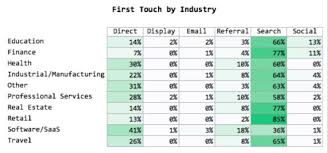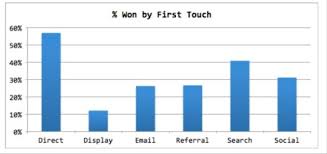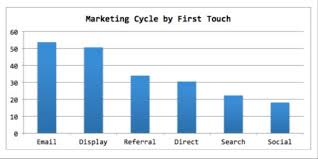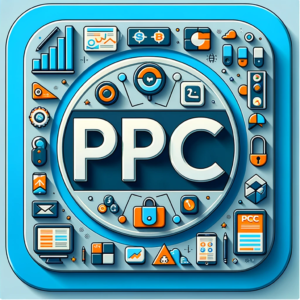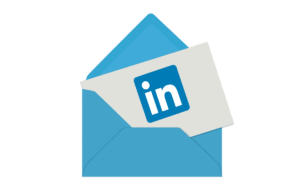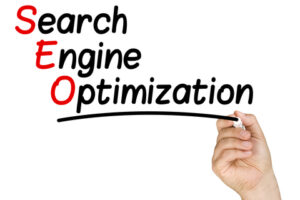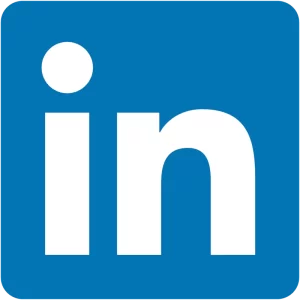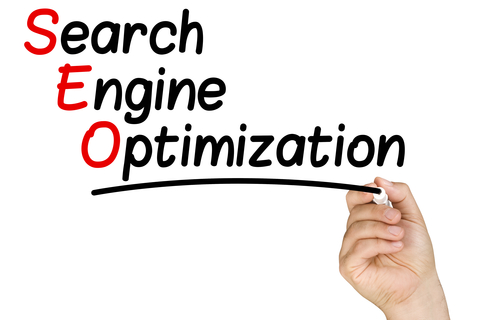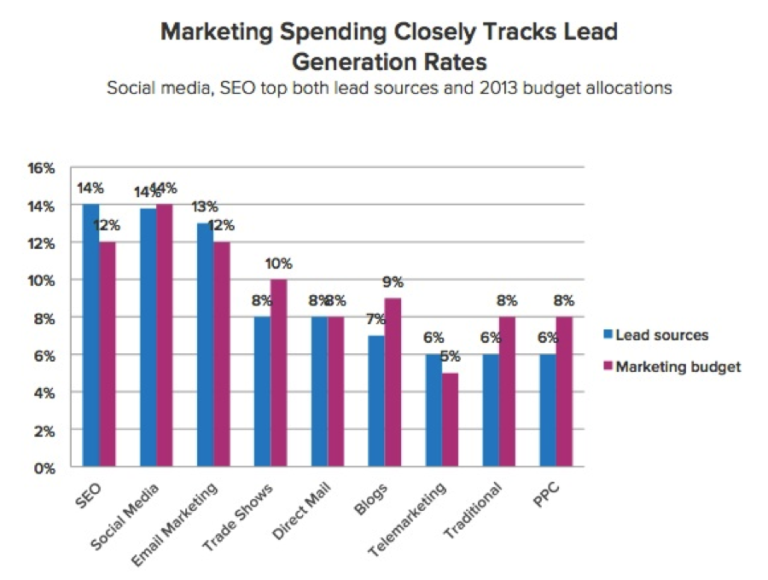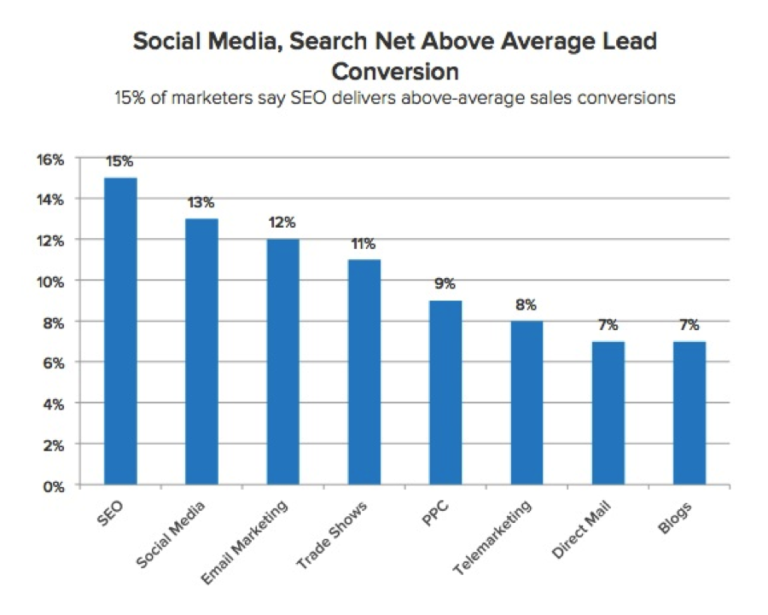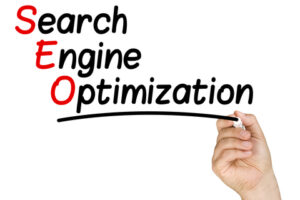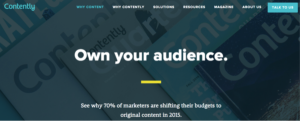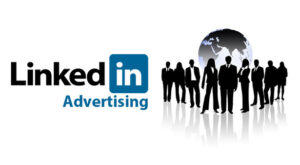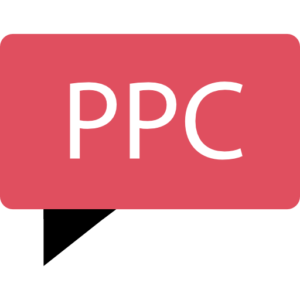Google Ads Campaign Tips For Small Businesses
In this article, we’ll share some Google Ads campaign tips for small businesses. First, let’s briefly discuss what Google Ads is and how it works. Then, we’ll give you some tips on creating a successful Google Ads campaign. Ready to get started? Let’s dive in!
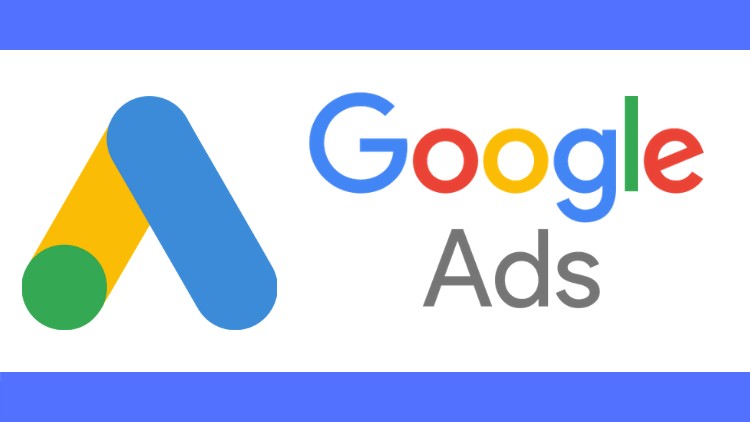
What Is Google Ads And How Does It Work?
Now that you have a basic understanding of Google Ads, let’s move on to our Google Ads campaign tips.
1. Define Your Goals
Do you have analytics set-up so that you can track the progress towards your goals? For most campaigns, that is simply a matter of dropping Google’s tracking pixel on your thank you page.
Once you know your goals and have set up tracking, you can create a campaign that’s designed to achieve them.
2. Choose The Right Keywords
Choosing the right keywords is crucial for any Google Ads campaign. You’ll want to choose keywords that are relevant to your business and that potential customers are likely to search for. You can use Google’s Keyword Planner tool to research keywords and get ideas for new keywords to target.
Google allows four types of keywords. What they call Broad Match, Phrase Match, Exact Match and Negative Match.
Broad Match: Example is Running Shoes. Your ad will appear for any search related to your keyword. Which in this example could mean your ad shows for searches like Tennis shoes for men or running socks.
Phase Match: “Running Shoes”. Your ad will appear for searches that include the meaning of your phrase. For example, Men’s running shoes and best shoes for running.
Exact Match: [Running Shoes]. Your ad will appear for searches that have the same meaning as your keyword. For example, Running Shoes or Sneakers.
3. Create Compelling Ad Copy
Once you’ve chosen your keywords, it’s time to create your ad copy. Your ad should be clear, concise, and persuasive. Include a call-to-action (CTA) that encourages people to click on your ad.
Headline: People are most likely to notice your headline text, so consider including words that people may have entered in their Google search. Your text ad consists of three headlines where you can enter up to 30 characters each to promote your product or service. The headlines are separated by a vertical pipe (‘|’) and may show differently based on the device that someone is using when they view your ad.
Description: Use the description fields to highlight details about your product or service. It’s a good idea to include a ‘call to action’ – the action that you want your customer to take. If you’re an online shoe shop, your description might include ‘Shop now’ or ‘Buy shoes now’. If you offer a service, you might want to add something like ‘Get an instant quote online’ or ‘See pricing’
Display URL: The display URL, usually in green, shows your website address. This display URL is made up of the domain from your final URL and the text in the optional ‘Path’ fields. These fields are designed to help people who see your ad get a better sense of where they’ll be taken when they click it. Your path text doesn’t have to match the exact language of your display URL.
4. Bid Strategically
Bidding on keywords is one of the most important aspects of any Google Ads campaign. You’ll want to bid enough to get your ad in a good position on the SERP, but not so much that you’re overspending. Google’s automatic bidding option can be a helpful tool for small businesses that are new to Google Ads.
Three ways to help make your bidding strategy more effective are:
Ad Relevance: Include the keyword in your headline and description as Google also bolds the query that was searched, which attracts eyeballs and clicks.
Quality Score: Every keyword in your Google Ads account is assigned a Quality Score. A Quality Score of 8–10 is considered very good. If you are creating new campaigns and groups, know that you need to reach a certain threshold of impressions and clicks to have a Quality Score. Make sure that the keywords that you are targeting, and the ad copy you are using, are relevant to your audience.
Click-through-rate: A high click-through rate will bring up your Quality Score, which is why writing good ads is so important as it allows you to spend less money than your competitors.
5. Track Your Results
By following these Google Ads campaign tips, you can set up a successful campaign and achieve your business goals. Google Ads can be a great way to reach new customers and grow your business. So what are you waiting for? Get started today!
Recent Posts

The Power of Online Reviews for Small Businesses
The Power of Online Reviews for Small Businesses As a small business owner, you may be wondering why online reviews are so important. Online reviews
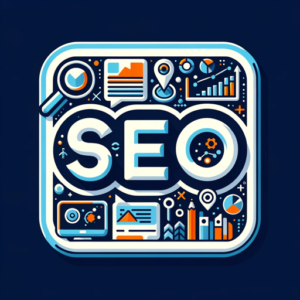
Five Most Important SEO Metrics
The Five Most Important SEO Metrics I recently came across the HubSpot State of Marketing report which showed how companies measure the success of their
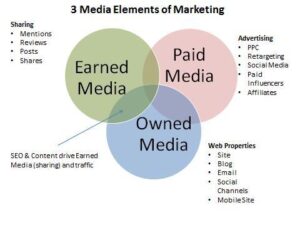
The Three Traffic Sources For Startups
The Three Traffic Sources For Startups I was recently re-reading Randall Stross’s book, The Launch Pad: Inside Y Combinator, Silicon Valley’s Most Exclusive School for

SEO: The Key to Sustainable Business Growth
SEO: The Key to Sustainable Business Growth Search Engine OptimizationIn today’s digital landscape, businesses can no longer afford to underestimate the power of search engine
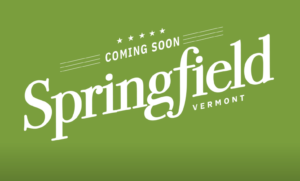
Vermont Web Design
Springfield802.com Partners with Braveheart Digital Marketing to Enhance Online Presence Springfield802.com, the premier digital platform for Springfield, Vermont, today announced a partnership with Braveheart Digital

AI In Digital Marketing
Mastering AI in Digital Marketing Today, the digital world changes fast, thanks to new tech. In this landscape, Artificial Intelligence (AI) is a big deal,
